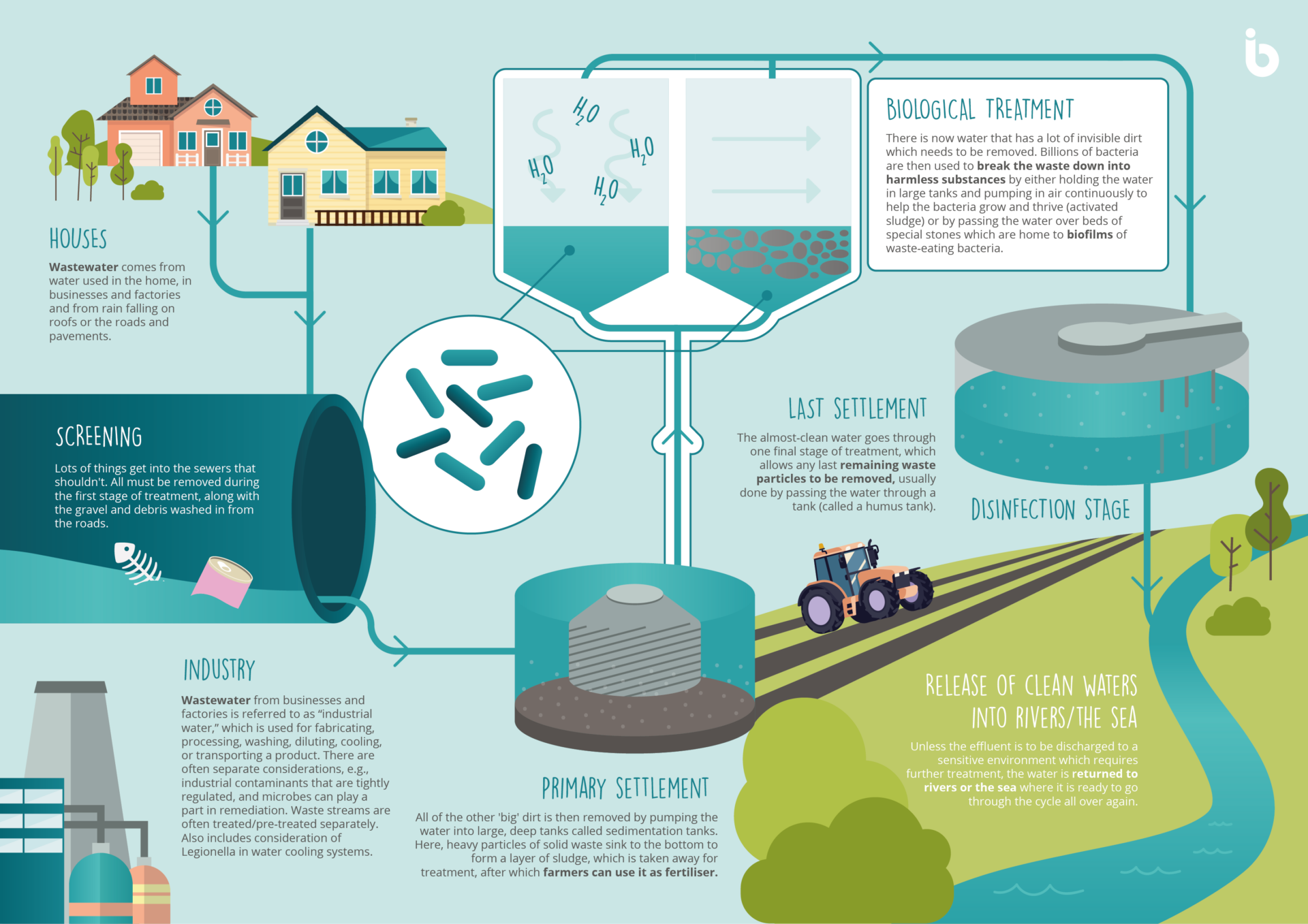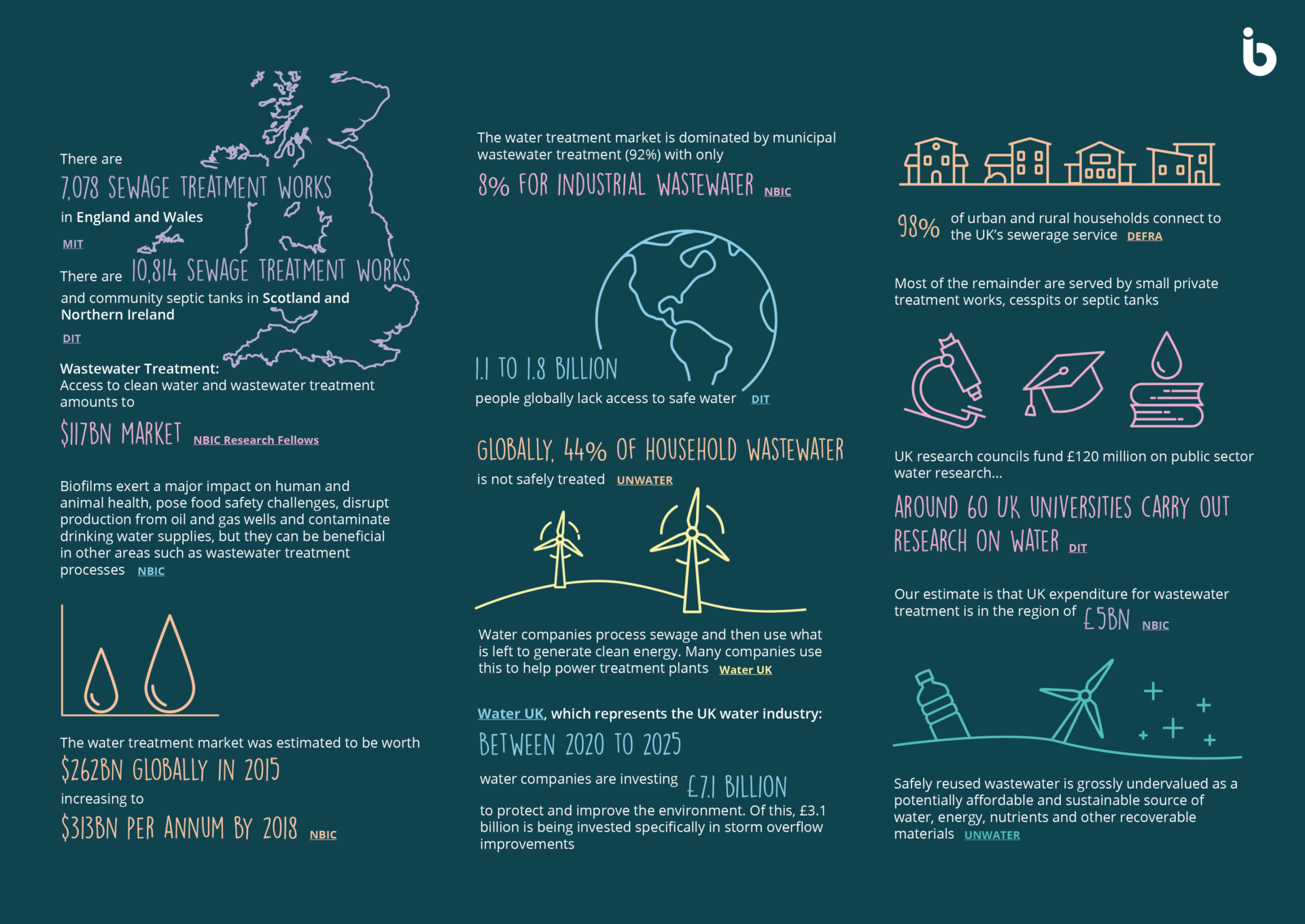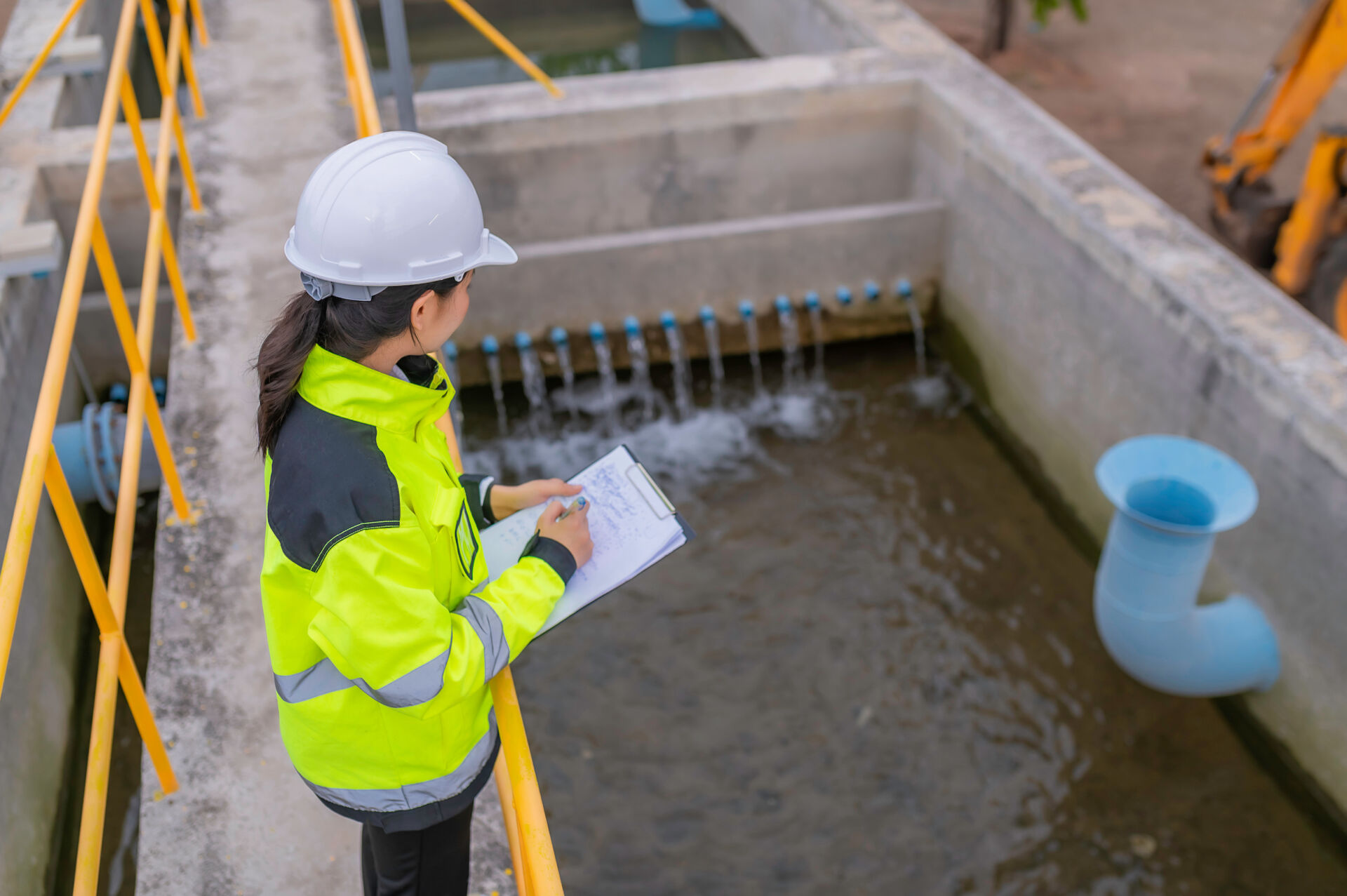Biofilms in the Water and Wastewater Sector
Biofilms play a significant part in wastewater treatment. They are used to breakdown and remove organic material within wastewater before it is released back into the environment.
There are multiple different processes that make use of biofilms in wastewater treatment. One method is referred to as activated sludge, where aerated wastewater is mixed with biofilms. Another system known as a trickling filter sprays wastewater over materials such as stones and ceramics covered in biofilms. This set up provides a large surface area for microorganisms within the biofilm to clean the wastewater.
While microbial wastewater treatment has been used for a long time, there is a growing need for resilient and reliable water treatment systems, that have low environmental impacts and support the worlds growing demand for water. To successfully achieve this, it is important to understand how biofilms operate within wastewater treatment.
Join Our Community
Join us in our mission to tackle and catalyse innovation in biofilms.



















